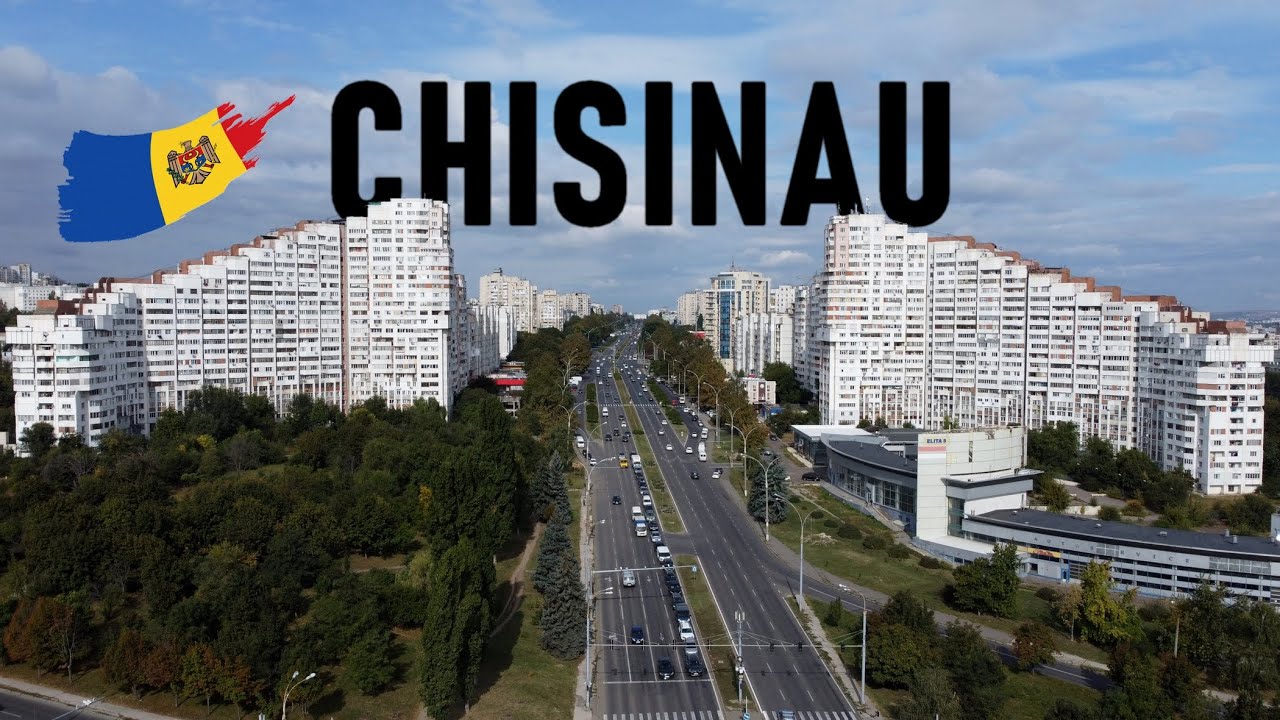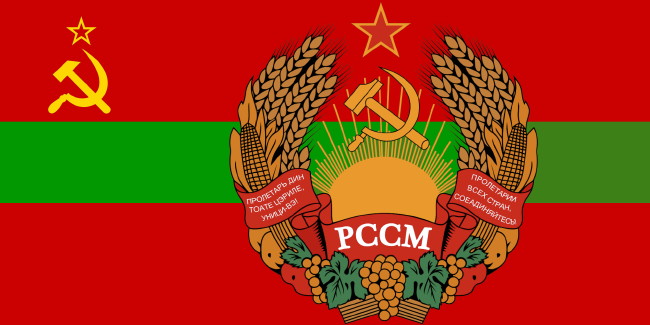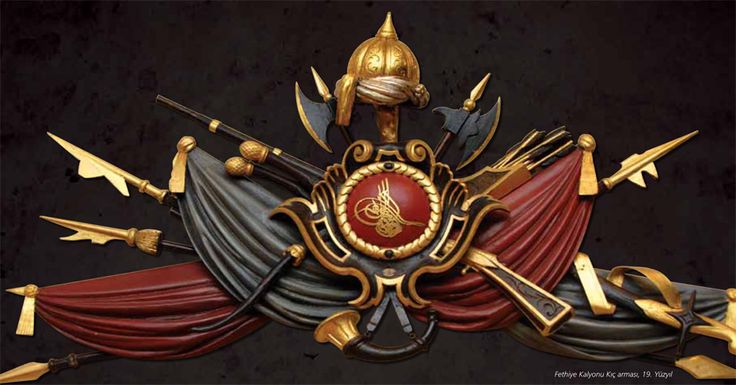Chișinau, the capital and largest city of Moldova, has a rich and complex history from Onur Türk 🇹🇷 🇦🇿's blog
 Early History: Chișinău's history dates back to at least the 15th century when it was a small medieval town. It was located in the historical region of Bessarabia, which changed hands multiple times over the centuries due to its strategic location between the empires of Eastern Europe.
Early History: Chișinău's history dates back to at least the 15th century when it was a small medieval town. It was located in the historical region of Bessarabia, which changed hands multiple times over the centuries due to its strategic location between the empires of Eastern Europe.
Ottoman Rule: In the early 19th century, Chișinău was part of the Ottoman Empire. During this period, it served as a center for trade and crafts, with a diverse population of Moldovans, Turks, Jews, and other ethnic groups.
Russian Empire: In 1812, as a result of the Russo-Turkish War, the Russian Empire annexed Bessarabia, including Chișinău. The city then became part of the Russian Empire and experienced significant urban development.
Romanian Period: After World War I and the Russian Revolution, Bessarabia united with the Kingdom of Romania in 1918, and Chișinău was made the capital of the newly established province.
World War II: During World War II, Chișinău was occupied by Soviet forces and then by Nazi Germany during Operation Barbarossa. After the war, the city was reoccupied by the Soviet Union.
Soviet Era: Chișinău was part of the Moldavian Soviet Socialist Republic within the Soviet Union. It experienced industrialization and modernization during this period but also underwent Russification.
 Post-Soviet Independence: Following the dissolution of the Soviet Union in 1991, Moldova became an independent country, and Chișinău remained its capital.
Post-Soviet Independence: Following the dissolution of the Soviet Union in 1991, Moldova became an independent country, and Chișinău remained its capital.
Recent History: Chișinău has faced various challenges since independence, including economic difficulties and political instability. The city has gradually opened up to the global community and has seen some economic development, but it still faces social and political issues.
Throughout its history, Chișinău has been a melting pot of different cultures, languages, and religions, which is reflected in its diverse architecture, traditions, and population. It has also been a hub for commerce and trade in the region. Today, Chișinău continues to be the political, economic, and cultural center of Moldova.
Post
| By | Onur Türk 🇹🇷 🇦🇿 |
| Added | Oct 26 '2023, 13:21 |
Rate
Archives
- All
- August 2025
- May 2025
- April 2025
- February 2025
- January 2025
- December 2024
- November 2024
- September 2024
- August 2024
- June 2024
- April 2024
- March 2024
- February 2024
- January 2024
- December 2023
- November 2023
- October 2023
- September 2023
- August 2023
- July 2023
- June 2023
- May 2023
- April 2023
- March 2023
- February 2023
- January 2023
- December 2022
- November 2022
- September 2022
- May 2022
- April 2022
- February 2022
- January 2022
- September 2021
- August 2021
- July 2021
- June 2021
- May 2021
- December 2020
- November 2020
- September 2020
- February 2020
- January 2020
- August 2019
- July 2015
- May 2015





























































The Wall